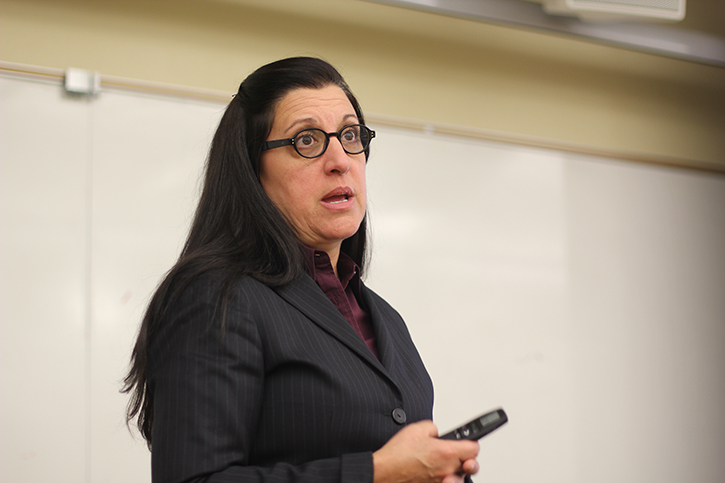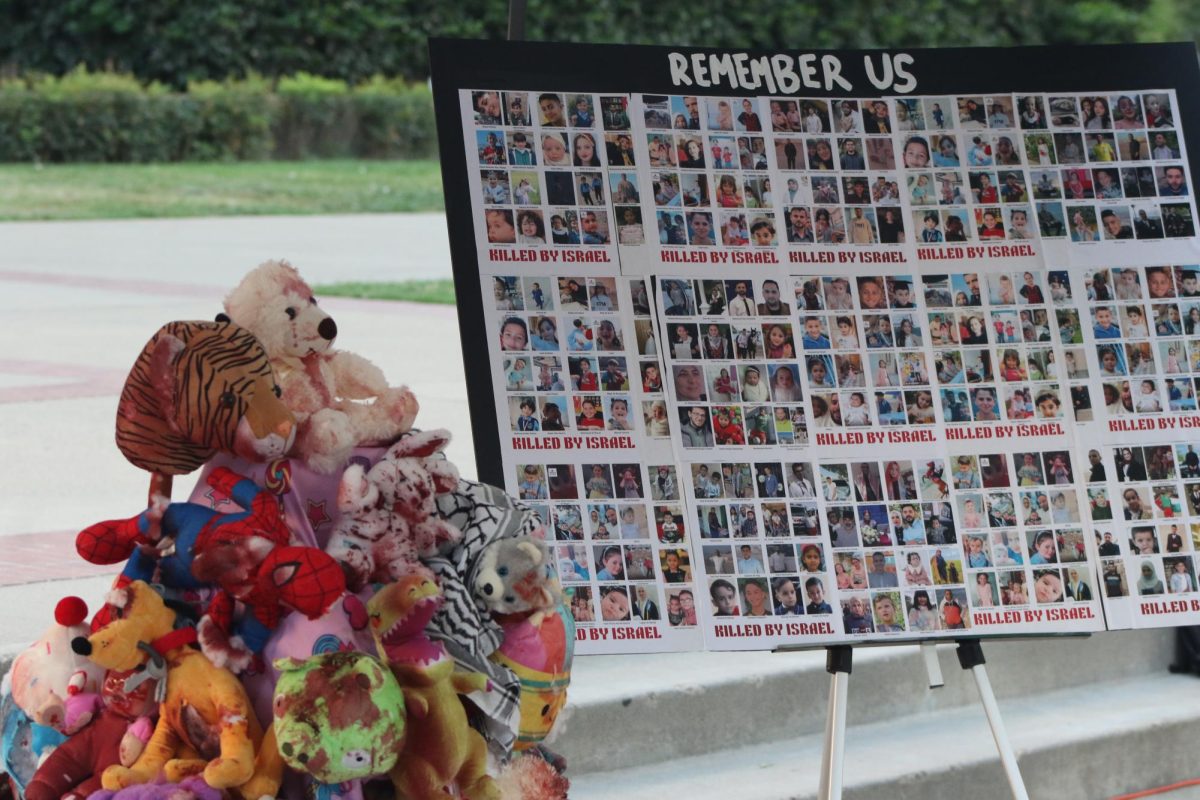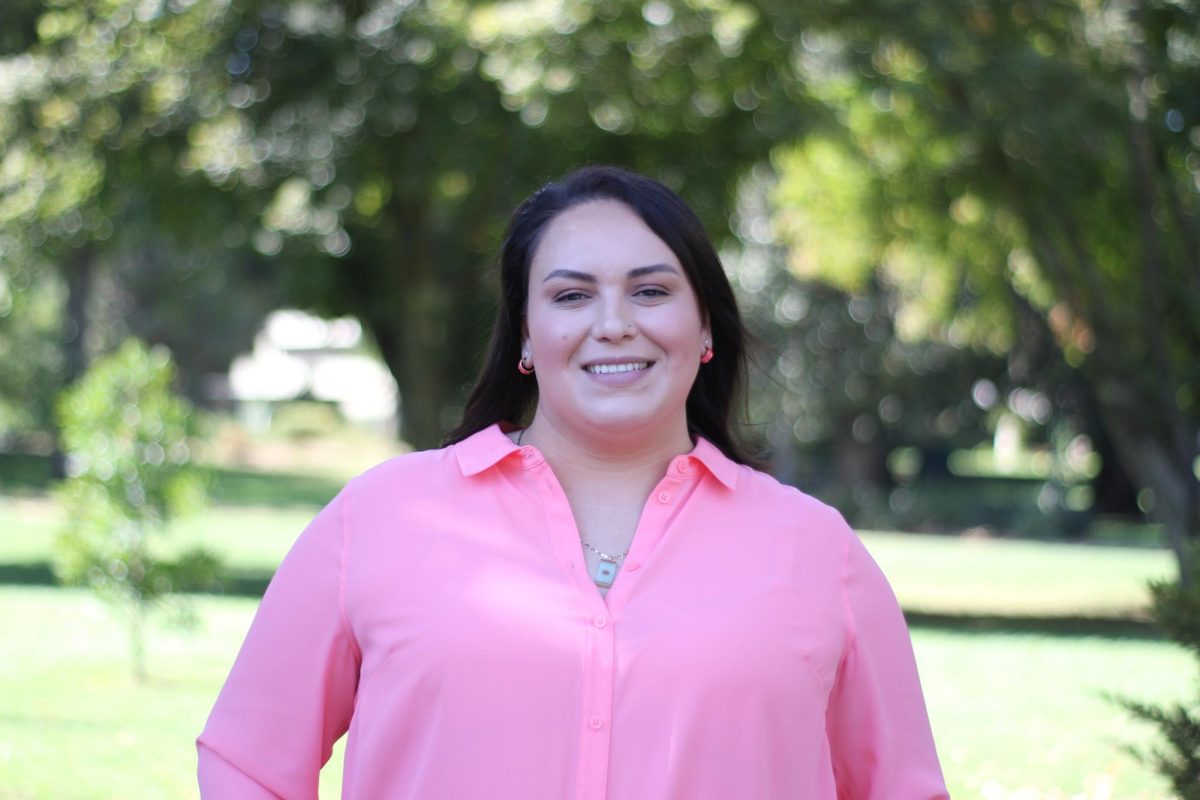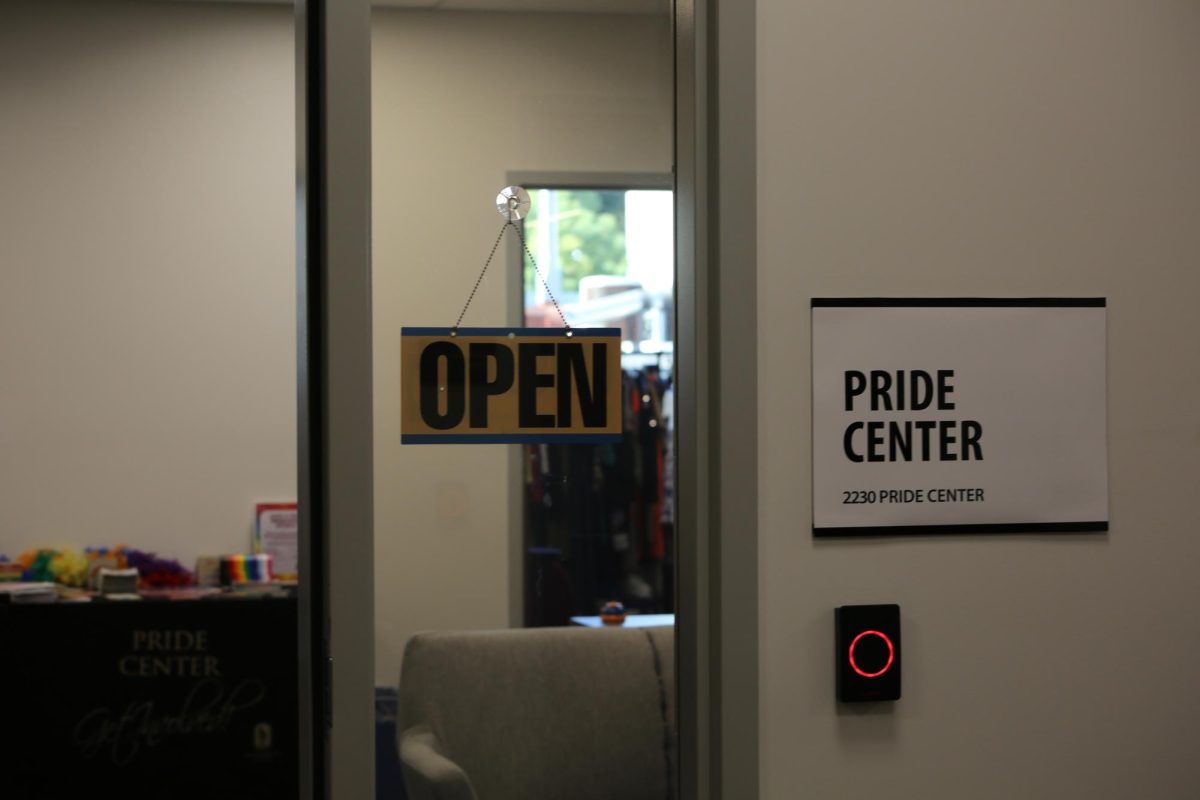The beginning of the public outreach process for Sacramento State’s Americans with Disabilities Act (ADA) Transition Plan kicked off with a public forum on Friday in Folsom Hall.
The goal of the transition plan is to “determine what barriers need to be removed, and have that information ready,” said Victor Takahashi, the director of facilities, planning and construction. “Our goal is to have a barrier-free campus in the end.”
Barriers are defined as hazardous or impairing obstacles for the disabled, such as trip hazards or walkways that do not meet ADA width clearance standards.
They are categorized by type, location, the frequency with which the building is used, the age of the facility and known complaints, according to Syroun Sanossian, the owner of the SZS Consulting Group.
SZS Consulting Group is overseeing the development of the ADA Transition Plan and was a speaker at the public forum.
SZS Consulting identified every physical barrier on campus, provided a description of how to remove them, gave a cost estimate for how much the transition plan would cost Sac State and projected a completion date.
Among the identified barriers on campus were tree heaves and improper ramp transitions.
“One (barrier) that’s very common on this campus — because of the number of trees — are tree heaves. Tree roots tend to heave up the pavement and cause cracking,” Sanossian said. “I would trip over that if I weren’t watching carefully.”
Other barriers, which can affect all students regardless of mobility, include stairways, which would be required to include “contrasting color … making it easier for us when we’re traveling down the stairs, especially in low lighting … especially in an emergency when many people are going down the stairway at one time,” Sanossian said.
This year, 21 projects with ADA improvements have been completed, with another 23 expected to be completed by the end of the year. Campus-wide projects with ADA improvements totaled 95 during 2014 and 2015.
Upcoming projects, such as new student housing, a new parking structure, a new science building and the University Union expansion will be fully ADA compliant and include gender-inclusive bathrooms, according to Takahashi.
The projected overall funding required for the ADA transition plan is almost $46 million, with current funds for ADA being $3 million available annually, according to Sanossian.
Funding comes from a variety of sources and depends on the type of project being worked on, according to Takahashi.
High budget and high priority buildings on campus include Kadema Hall, Sequoia Hall and the campus library, with Sequoia Hall having the highest expected cost with a little over $3 million and second highest priority.
“Sequoia Hall is 10 percent of the entire budget for priority two, because it has a lot of science laboratories,” Sanossian said. “It is a very large building, and science laboratories are very complex and very involved.”
The transition is expected to be completed in 17 years. However, the time of completion may change according to Dan Politte of SZS Consulting Group, who said that “there are things that could come up that will change that.”
The schedule is only a baseline and guide, added Sanossian.
“The transition plan is a living document, it’s not set in stone — it changes a little bit every year over the 17 years,” Sanossian said. “Construction projects change … or new construction projects are added, or maybe there is a very significant change in the economy.”
The 45-day public comment period, which started Friday, will end on Nov. 20. A questionnaire about obstacles and campus usage can be filled out online.
Full plans for each building on campus, maps of identified barriers, cost estimates, project timelines, and the powerpoint presentation are also available online.





